
When the internet came around and human beings typing skills sunk downwards at a disturbing spiralling rate, we learned typonese. When you get into a new hobby or sport or whatever you learn the lingo. Getting a pet is no different we need learn its -ionese lingo. Whether is doginese, catinese, ratinese or reptilianese, you learn it or suffer the consequences.
Understanding your cats attempts to communicate with you is important for a number reasons, but when you look at pet cats that have behavioural issues the bulk of the problems are the owner misunderstanding what the cat is trying to tell them. Cats are not telling us about their dreams or their day, but rather what they want and how they sometimes feel – hungry, lonely, scared, sick and so on.
I am a cat person and had to learn the lingo ages ago. Cats have a rich vocabulary of nearly a hundred sounds – which, for us 'dull minded' humans, they mix and match since we can't read their expressive and exquisitely clear body language *end sarcasm*.
“Cats use vocalizations much more to communicate with people than with other cats most of their communication [with other cats] is designed to avoid one another.”

The larger bulk of their vocabulary and communication is found in their ears, eyes and tails. That's right, there is meaning to that swishing tail, flickering ear and blinking eyes. Overall cat communication is incredibly complex, subtle and layered.
And since they have graced us with a few thousand years worth of cultivation to meow better for us, it's only fair we pay attention. Maybe, just maybe, if you learn to listen to more than just the meow but also to the tail and ears and watch the eyes you might not have a meowing cat on your hands.
Speaking of which ...
A meow is never just a simple meow, when a cat meows at you, you have to take the context into account. I'm not joking. A meowing cat in the kitchen is meowing for a different reason that one at a door leading outside. The meows themselves may be slightly different or exactly the same. Depends on how often you figure out what they want in the past.

Their vocabulary range is quite astounding. A meow can be a multi-purpose meow and serve as a greeting, objection, announcement or a command. It can sound a little like a yowl, a wail or a howl. Chirps and trills are heard often with mother cats, between cats and now, to you as well. Chattering is that noise they make when they see outdoor wildlife (birds in my cats case) and lets not forget the plethora of purr noises whether it is a rumble, grumble or growl. They hiss and spit too if you really do not understand what they are saying.
And just to add a cherry to their skills some cat vocalizations, it's being theorized, are so subtle or high pitched in frequency, we can't even hear it. Talk about talking about someone behind their back in front of their face ... only the most arrogant species of pet could achieve this.
If you really hate the chatterbox cat, you can lower your risk of getting on by getting certain species of cats – Persians for example are notoriously quiet cats where as Tabbies are a fifty-fifty pot shot luck and Siamese or any of the Asian type breeds are chatterboxes.
My orange tabby was a quiet boy till he aged, which is commonly seen as well, as cats age they sometimes get chattier due to a number of reasons, but mostly health related such as fading eyesight or hearing.
 The meow can be anything from a request to an order, kittens though are born unable to see and hear and as such they meow a lot. But as they grow they will become quieter as most adult cats rarely meow to each other and rely on their other forms of communication with other cats.
The meow can be anything from a request to an order, kittens though are born unable to see and hear and as such they meow a lot. But as they grow they will become quieter as most adult cats rarely meow to each other and rely on their other forms of communication with other cats.
Purring is contentment, and if you're the one touching them, you start to feel content too ... perhaps because the auditory frequency of the average purr is about twenty-five cycles per second and is widely believed to have healing properties. I don't know about all that, but I love it when my cat is all purrs.
The growl is self-explanatory, but it will surprise you if you have never heard a cat growl. It's very similar to a dogs growl only not so long and a little more intense. My guy does it if he is sleeping and is suddenly woken up like when an alarm goes off or the buzzer for downstairs goes.
The hiss too is self-explanatory but happens when they are very afraid and you (or the threat) is not backing off. Keep it up and you will get, at the very least, swatted at.
The yowling noise you have heard even if you don't own a cat. Outdoor or feral cats make this noise for two reasons – they are about to make some kittens or they are about to fight. Sometimes the yowl turns into a scream or a screech noise. Most animals when injured stay quiet, the odd cat may yowl at a lower tone if unwell.
Chattering is my favourite, this noise is most often seen when they are at a windown, stuck inside, watching the animals like birds and squirrels. It involves short rapid fire meow type noises with some open-mouthed silence. It's not hard to miss really. We owners would like to think it is excitement but sometimes it is frustration too.
The trill noise is a noise that is tricky to describe it is a cross between a purr and a meow that comes out in a higher pitch and sounds like they are rolling their meow – like some people roll their R's. This trilling noise is an excited 'oh gosh, you're home', head butt something.

Burbling is not often done by my cat, but a friends cat burbles all day long. Its a complicated noise incorporating a growl noise, meow, purr and some trilling. For her cat it is rarely something negative and more like a day to day noise, but the highest rated source for cats – the internet – says it is like the Hawaiian word Aloha, means many things.
I think it is absolutely adorable when a cat 'beeps'. Not your typical 'beep beep' noise, but more of a quieter and quick 'eck' or 'bip' sound. My guy is usually laying on the floor (or desk or chair) staring up at me. I see it as his way of getting my attention, like coughing to create a break in conversation so you can jump in.
And the wail. That mournful, pitiful me, heart rendering cry of the cat. Impossible to ignore.
Even though vocalization at us is their main way of trying to talk to us or get our attention there are some clues to be found in the tail of your cat. If you're unsure what a growling meow means a bristled and thumping tail will help to clarify the matter.
The position, movement and hair behaviour on a cat's tail can add detail to the limited vocalizations that they use almost exclusively with humans. If you have other animals in the house, such as a dog, understanding tail positions (of both species) can help you prevent fighting and spats.
A dog's tail held straight up with little movement means the total opposite of what a cat's tail means when doing the same thing. If you only speak dog, you would misinterpret this and the same for if you only speak catinese.

When a cat's tail is held in a high position motionless and pointed straight up, he is encouraging you to touch and talk and otherwise interact with him. Context is just as important in tail reading as it is their vocalizations. If the cat just climbed the cat tree for the first time, he may strut around with his tail straight up, they are showing pride and confidence. But if they jumped down with a meow and tail up it means love me, servent. Or just saying hi as they pass you by.
A low-lying tail can mean relaxed, playful, moody or annoyed. Low lying tails with a slight U shape to them as you move towards the tip, is a sign of being relaxed. Low lying and twitching side to side can be hunting or annoyed, context again.
More often than not a wagging tail, whether fast or slow, indicates some sort of arousal, whether that is positive or negative arousal is depending on context. Unless kitty is laying next to you getting some love and their tail is wagging side to side or thumping periodically, it's often a sign of upset on some level.
The same goes for bristled fur ... it happens sometimes when they get surprised too. You round a corner surprise them and poof, they look like they just came out of the dryer with no static sheet. It will come down quickly though once they realize it is just you.
Usually though bristled fur is an indication of fear of defensiveness, aggression and anger. Particularly if the tail is held straight up, ears are back and the vocalization is a growl or hiss. But too a tail between the legs indicate fear and a willingness to fight.
If the tail is in the low-lying U position but bristled, the animal is feeling wary or defensive. They may roll over too in this mood. It's not for a belly rub, it's to expose their claws. Unlike dogs, cat do not ever do submission. But this one time ... nope it wasn't submission, sorry.
I told ya, cat communication is layered.

Cats use an abundance of body language in their day-to-day communication with other cats, and us as well. A habit from its days as a predator and prey, it chooses quiet and hidden over bold and loud. We tend to get the meows and the vocalizations as we tend to listen to those recognizing it as the cats way of trying to talk with us, but their ears are as talkative as their mouths.
Forward facing, sideways-facing and laid flat, either back or to the side, are all distinct signals of a cats mood and in essence talks to you.
Forward-facing ears are an expression that says I'm interested in something, something has my attention and curiosity. The ears point forwards - usually towards what has their interest - to help it target the noise and the half cone shape of their ear helps them to gather the most subtle of clues about the noise as well. Even when they sleep their ears will move towards a noise, but there will be no other indication the cat is even awake.
When the ears turn to the side and lift a little, the cat is alarmed. Your beast might look a little like a bat or a bunny that has been grabbed by the ears, especially if the eyes widen too. They turn their ears to the side to protect their ears and to buffer any noises – very similar to a human plugging their ears at loud noises.
 As the alarm level in the cat attains new heights, you might notice some flickering or vibrating of the ear, a widening of the eyes and the tail swish in an aggressive manner – short with little whips to the tips. Most of the cats ear flickering is an involuntary reaction and a sure sign he is highly agitated – unless of course the context of the ear flickering is laying outside with an annoying fly.
As the alarm level in the cat attains new heights, you might notice some flickering or vibrating of the ear, a widening of the eyes and the tail swish in an aggressive manner – short with little whips to the tips. Most of the cats ear flickering is an involuntary reaction and a sure sign he is highly agitated – unless of course the context of the ear flickering is laying outside with an annoying fly.
The one non communicative behaviour of cats that is universal is the scaredy-cat image. The back's arched, up onto toes, hair lifted, tail is high and puffed, eyes like saucers ... clearly the cat is startled, scared or about to slap someone. But the ears of these cats are always standing up. In real life the ears would be laid flat against the head, if you continue to approach or bug a cat with laid back ears, well you deserve what you get – scratched, bitten and generally attacked.
Some cats show petting aggression, where you pet them they bite or lash their tail around. Use these signs to know when to pet once or twice then stop, resting the hand where the cat can see it. Try again in a few minutes.
Apparently they only tolerate our 'dullness of mind' for so long.
Cats eyes are incredibly expressive if you know what to look for. I am not talking about just the 'looks' but the eyelids and pupil dilation as well as how wide or how narrow they become.
Any strong emotion – whether it is joy, anger, excitement or fear – will (can) cause the pupils in the eyes to suddenly contract into slits. Direct light in their eyes can cause this as well, but this will be in reaction to something going on in environment and not a light source. If I am gone all day and get home his eyes contract in excitement sometimes, other times I see it during feeding.

Wide eyed does not necessarily mean fear or anger, it can just show the cat is more alert. When they do it around us humans it is also a sign of trust from your cat, since opening the eyes wide expose it to the threat of injury. When the eyes are drawn down into slits it indicates something negative, something that has your cat preparing for a fight.
The stare. The cat is not interested in a game of Who Blinks First, but rather is subtly warning other cats in the house away from something they consider theirs. They also do this with humans as a way of trying to dominate you. It is not aggressive in any shape way or form. This is one aspect of cat communication that is most often misunderstood by, particularly, new cat owners. Old cat owners know exactly what the cat is up to – usually trying to emotionally manipulate you into feeding him cause you know his dish is 1/100th empty.
Oh! That's just me uh?.
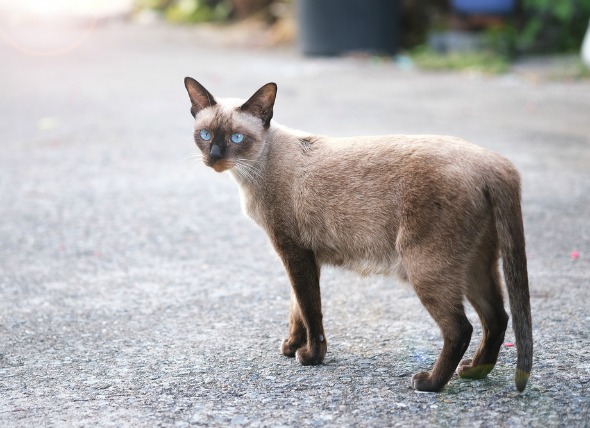 Fatty Skin Tumors in Cats
Lipoma in Cats
Lipomas are soft masses or tumors
Fatty Skin Tumors in Cats
Lipoma in Cats
Lipomas are soft masses or tumors
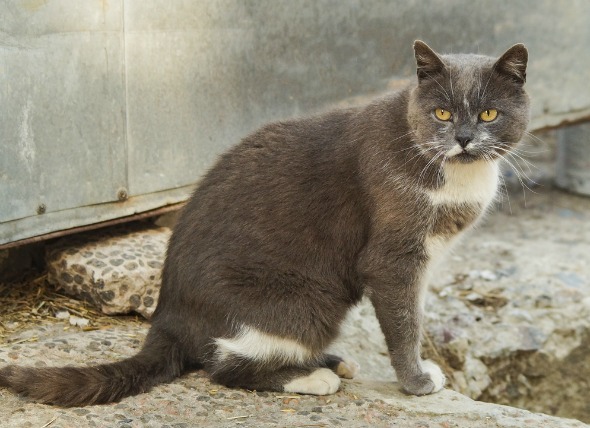 Fluid in Chest (Pleural Effusion) in Cats
Pleural Effusion in Cats
Pleural effusion is the
Fluid in Chest (Pleural Effusion) in Cats
Pleural Effusion in Cats
Pleural effusion is the
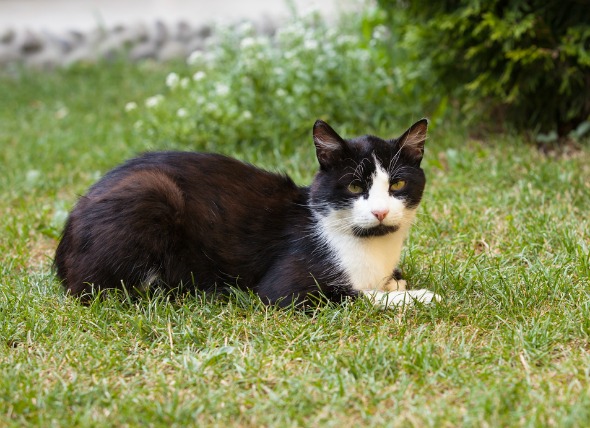 Stomach Worm Infection (Physalopterosis) in Cats
Physalopterosis in Cats
Physalopterosis is caused
Stomach Worm Infection (Physalopterosis) in Cats
Physalopterosis in Cats
Physalopterosis is caused
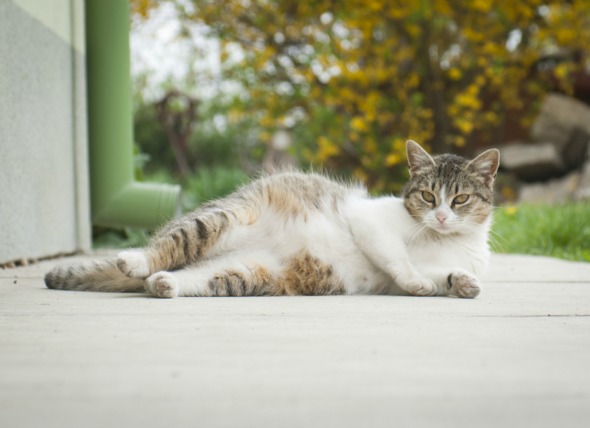 Miscarriage in Cats
Spontaneous Abortion, Pregnancy Loss in Cats
It i
Miscarriage in Cats
Spontaneous Abortion, Pregnancy Loss in Cats
It i
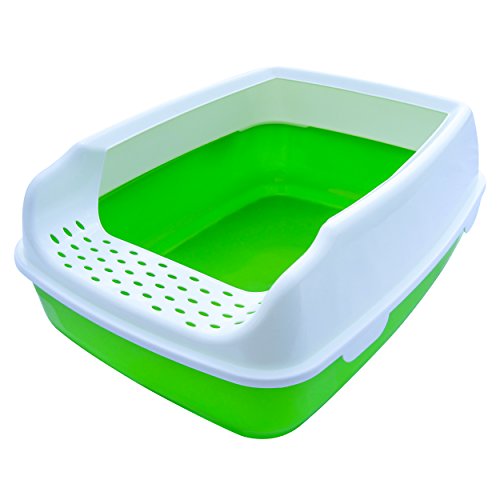 Why Do Cats Go Outside the Litter Box?
Cat owners love their cats a
Why Do Cats Go Outside the Litter Box?
Cat owners love their cats a
Copyright © 2005-2016 Pet Information All Rights Reserved
Contact us: www162date@outlook.com